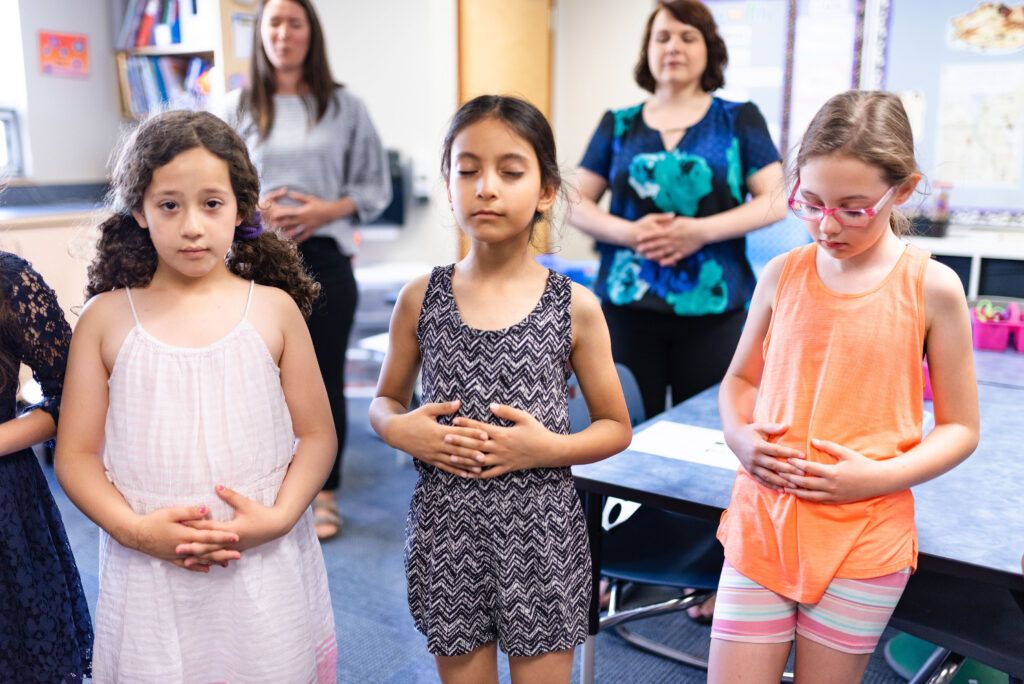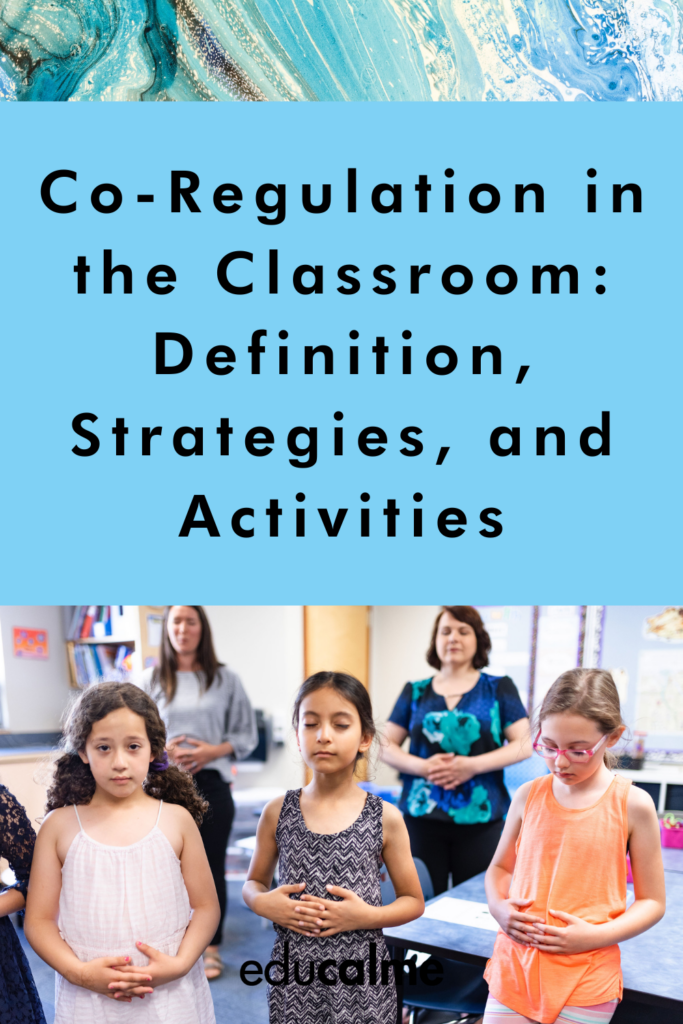Co-Regulation in the Classroom: Definition, Strategies, and Activities
As educators, one of our most important tasks is to help our students learn how to regulate their emotions and behavior in a positive way. This is where the concept of co-regulation comes into play. In this article, we will explore what co-regulation is, how it works, and some practical strategies and activities that you can use in your classroom to promote co-regulation and self-regulation in your students.
What is Co-Regulation?
Co-regulation refers to the ability of one person to help another person regulate their emotions and behavior. In the context of the classroom, this means that teachers and students can work together to create a calm and supportive environment where everyone can learn and grow.
Co-regulation works by creating a sense of safety and security. When students feel safe and secure, they are better able to regulate their emotions and behavior. This allows them to focus on learning and achieving their goals.
Co-Regulation Strategies
There are many different co-regulation strategies that teachers can use to create a positive learning environment. Here are some effective ones:
- Active Listening: Listening is a crucial part of co-regulation. When teachers actively listen to their students, they show that they care about them and are interested in their needs and concerns.
- Reflective Responses: Reflective responses involve paraphrasing what a student says to show that you understand them. This helps to validate their feelings and experiences.
- Breathing Exercises: Breathing exercises are a simple but effective way to help students regulate their emotions. Encourage your students to take deep breaths when they feel overwhelmed or anxious.
- Mindful Practices: Mindfulness is a powerful tool for promoting emotional regulation. Incorporate mindful practices like yoga, meditation, or visualization exercises into your classroom routine.
- Positive Reinforcement: Positive reinforcement can be a powerful motivator for students. Praise and rewards can help students feel good about their accomplishments and motivate them to continue learning and growing.
Co-Regulation Activities for the Classroom
Here are some co-regulation activities that you can use in your classroom to promote self-regulation and emotional development:
- Emotional Check-Ins: Start each day or class period with a quick emotional check-in. Ask your students to rate how they are feeling on a scale of 1-10, and encourage them to share their emotions and concerns.
- Mindful Breathing: Take a few minutes each day to practice mindful breathing exercises with your students. Encourage them to focus on their breath and release any tension or stress they may be feeling.
- Gratitude Journaling: Encourage your students to keep a gratitude journal where they write down three things they are grateful for each day. This helps to cultivate a positive mindset and promotes emotional regulation.
- Group Problem-Solving: Encourage your students to work together to solve problems and challenges. This helps to develop their social and emotional skills and promotes a sense of community and teamwork.
- Role-Playing: Role-playing can be a fun and effective way to help students practice social and emotional skills. Encourage your students to act out different scenarios and practice regulating their emotions and behavior in a safe and supportive environment.
Co-Regulation Leads to Self-Regulation
By promoting co-regulation in the classroom, we can help our students develop the skills they need to regulate their emotions and behavior on their own. This is called self-regulation, and it is a key component of emotional intelligence and self-regulated learning.
Self-regulation skills allow students to:
- Manage their emotions and behavior in a positive way
- Focus on learning and achieving their goals
- Build resilience and cope with stress and anxiety
In order to practice co-regulation in the classroom, teachers can use a variety of techniques and activities. Here are some simple co-regulation activities that teachers can implement right away:
- Take calming breaths together: Teach students simple breathing exercises such as taking deep breaths in and out, or counting their breaths. Practice these exercises together as a class to help students calm down and regulate their emotions.
- Share emotions: Encourage students to share their emotions with the class. This can be done through a “check-in” at the beginning of the day or through journaling. When students feel understood and validated, they are more likely to regulate their emotions.
- Use positive affirmations: Create a positive classroom culture by using positive affirmations. Display affirmations around the classroom and encourage students to use them when they need to regulate their emotions.
- Create a calm down corner: Designate a specific area of the classroom as a “calm down corner.” Fill this area with calming tools such as sensory toys, books, or drawing supplies. Encourage students to use this space when they need to regulate their emotions.
- Model calm behavior: As a teacher, it is important to model calm behavior for your students. Practice regulating your own emotions in front of your students and show them how to do it effectively.
Final Thoughts
Co-regulation is an essential part of emotional development, and it is something that teachers can use to help their students develop the skills they need to regulate their emotions. By practicing co-regulation activities in the classroom, teachers can help their students to become more aware of their emotions and to develop the skills they need to regulate them. Educalme has a wide range of resources that can help teachers to teach co-regulation skills to their students, including guided meditations, breathing exercises, and mindfulness activities. By using these resources, teachers can create a more positive and supportive classroom environment that encourages emotional growth and self-regulated learning.
Share this post on Pinterest so other teachers can learn about co-regulation too!

